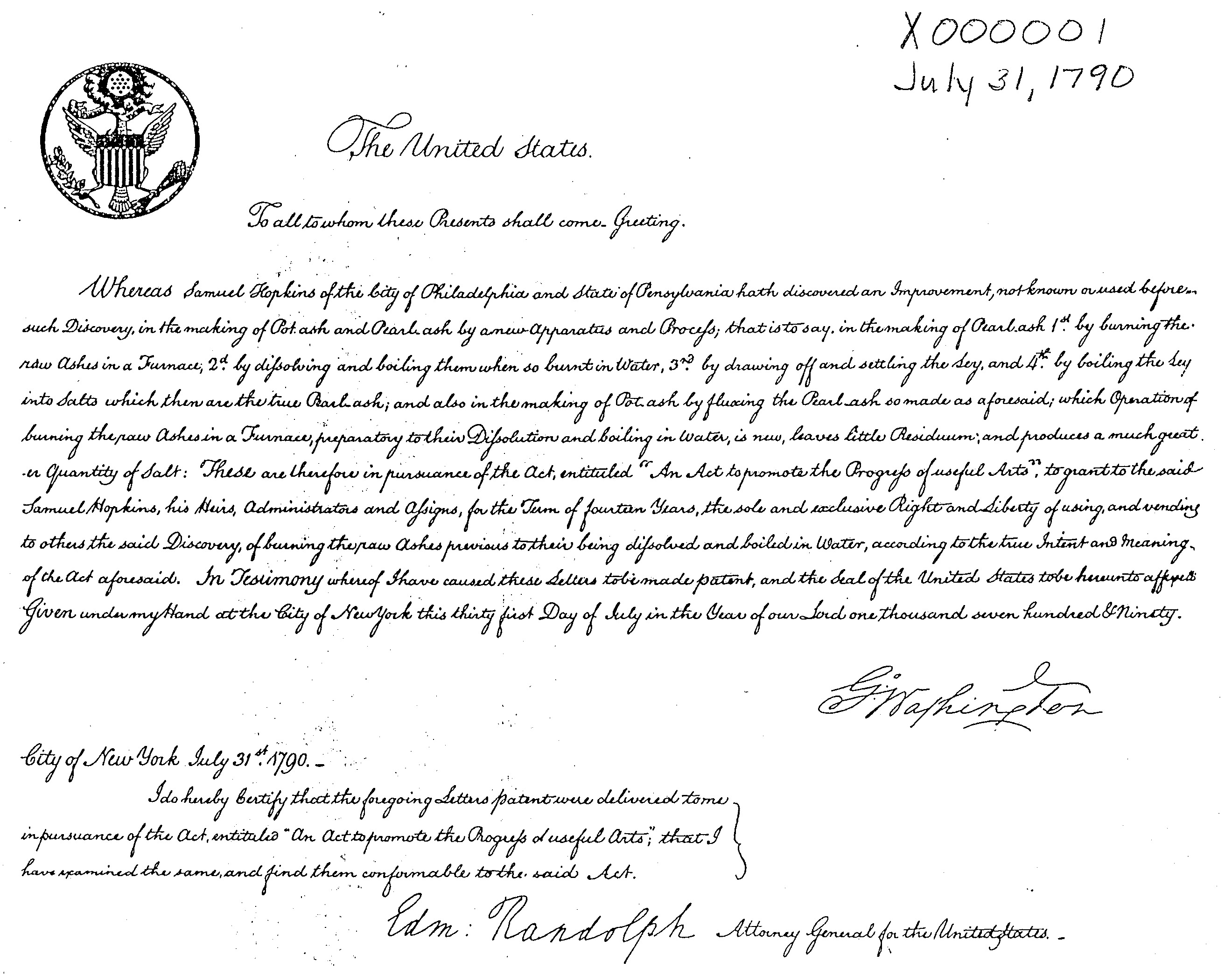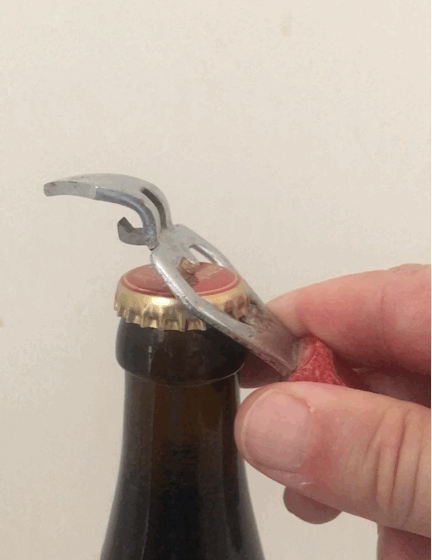|
Gillette (brand)
Gillette is an American brand of safety razors and other personal care products including shaving supplies, owned by the multi-national corporation Procter & Gamble (P&G). Based in Boston, Massachusetts, United States, it was owned by The Gillette Company, a supplier of products under various brands until that company merged into P&G in 2005. The Gillette Company was founded by King C. Gillette in 1901 as a safety razor manufacturer. Under the leadership of Colman M. Mockler Jr. as CEO from 1975 to 1991, the company was the target of multiple takeover attempts from Ronald Perelman and Coniston Partners. In January 2005, Procter & Gamble announced plans to merge with the Gillette Company. The Gillette Company's assets were incorporated into a P&G unit known internally as "Global Gillette". In July 2007, Global Gillette was dissolved and incorporated into Procter & Gamble's other two main divisions, Procter & Gamble Beauty and Procter & Gamble Household Care. Gillette's brand ... [...More Info...] [...Related Items...] OR: [Wikipedia] [Google] [Baidu] |
Straight Razor
A straight razor is a razor with a blade that can fold into its handle. They are also called open razors and cut-throat razors. The predecessors of the modern straight razors include bronze razors, with cutting edges and fixed handles, produced by craftsmen from Ancient Egypt during the New Kingdom (1569 — 1081 BC). Solid gold and copper razors were also found in Ancient Egyptian tombs dating back to the 4th millennium BC. The first steel-edged cutthroat razors were manufactured in Sheffield in 1680. By the late 1680s, early 1690s, razors with silver-covered handles along with other Sheffield-made products known as "Sheffield wares" were being exported to ports in the Gulf of Finland, approximately 1200 miles (1931 km) from Sheffield. From there, these goods were probably sent to Finland and even Russia. By 1740, Benjamin Huntsman was making straight razors complete with decorated handles and hollow-ground blades made from cast steel, using a process he invented. Huntsma ... [...More Info...] [...Related Items...] OR: [Wikipedia] [Google] [Baidu] |
Razor And Blades Model
The razor and blades business model is a business model in which one item is sold at a low price (or given away) in order to increase sales of a complementary good, such as consumable supplies. It is different from loss leader marketing and product sample marketing, which do not depend on complementary products or services. Common examples of the razor and blades model include inkjet printers whose ink cartridges are significantly marked up in price, coffee machines that use single-use coffee pods, electric toothbrushes, and video game consoles which require additional purchases to obtain accessories and software not included in the original package. Although the concept and the catchphrase "Give 'em the razor; sell 'em the blades" are widely credited to King Camp Gillette, the inventor of the safety razor, Gillette did not in fact follow this model.Picker, Randal C.The Razors-and-Blades Myth(s) (September 13, 2010). U of Chicago Law & Economics, Olin Working Paper No. 532. A ... [...More Info...] [...Related Items...] OR: [Wikipedia] [Google] [Baidu] |
Vintage Gillette Khaki U
In winemaking, vintage is the process of picking grapes to create wine. A vintage wine is one made from grapes that were all, or primarily, grown and harvested in a single specified year. In certain wines, it can denote quality, as in Port wine, where Port houses make and declare vintage Port in their best years. From this tradition, a common, though not strictly correct, usage applies the term to any wine that is perceived to be particularly old or of a particularly high quality. Most countries allow a vintage wine to include a portion of wine that is not from the year denoted on the label. In Chile and South Africa, the requirement is 75% same-year content for vintage-dated wine. In Australia, New Zealand, and the member states of the European Union, the requirement is 85%. In the United States, the requirement is 85%, unless the wine is designated with an AVA, (e.g., Napa Valley), in which case it is 95%. Technically, the 85% rule in the United States applies equally to impo ... [...More Info...] [...Related Items...] OR: [Wikipedia] [Google] [Baidu] |
Central Powers
The Central Powers, also known as the Central Empires,; ; , ; were one of the two main coalitions that fought in World War I (1914–1918). It consisted of the German Empire, Austria-Hungary, the Ottoman Empire, and the Kingdom of Bulgaria; this was also known as the Quadruple Alliance., , , The Central Powers' origin was the Dual Alliance (1879), alliance of Germany and Austria-Hungary in 1879. Despite having nominally joined the Triple Alliance (1882), Triple Alliance before, Kingdom of Italy, Italy did not take part in World War I on the side of the Central Powers and later joined on the side of the Allies of World War I, Allies. The Ottoman Empire and Bulgaria did not join until after World War I had begun. The Central Powers faced, and were defeated by, the Allied Powers, which themselves had formed around the Triple Entente. They dissolved in 1918 after they lost the war. Name The name 'Central Powers' is derived from the location of its member countries. All f ... [...More Info...] [...Related Items...] OR: [Wikipedia] [Google] [Baidu] |
Massachusetts Institute Of Technology
The Massachusetts Institute of Technology (MIT) is a Private university, private research university in Cambridge, Massachusetts, United States. Established in 1861, MIT has played a significant role in the development of many areas of modern technology and science. In response to the increasing Technological and industrial history of the United States, industrialization of the United States, William Barton Rogers organized a school in Boston to create "useful knowledge." Initially funded by a land-grant universities, federal land grant, the institute adopted a Polytechnic, polytechnic model that stressed laboratory instruction in applied science and engineering. MIT moved from Boston to Cambridge in 1916 and grew rapidly through collaboration with private industry, military branches, and new federal basic research agencies, the formation of which was influenced by MIT faculty like Vannevar Bush. In the late twentieth century, MIT became a leading center for research in compu ... [...More Info...] [...Related Items...] OR: [Wikipedia] [Google] [Baidu] |
William Emery Nickerson
William Emery Nickerson (November 5, 1853 – June 5, 1930) was an American engineer and inventor. He worked with King C. Gillette at the start of the Gillette Company and was later elected to Gillette's board of directors. Nickerson has been called "the mechanical genius behind the safety razor," and received patents for hardening and sharpening the blades. Biography Nickerson was born in Provincetown, Massachusetts, in 1853, and was trained as a chemist at the Massachusetts Institute of Technology (MIT), receiving his degree in 1876. His first patent was related to extracting tanning compound from tree bark; he designed a machine to grind bark finely. After reading of an elevator crash that had killed several people, Nickerson set out to create safety devices that would make elevators safer. In 1889, Nickerson joined a company creating light bulbs—he worked on a vacuum pump, necessary to remove air from inside the bulb. The Edison Company sued the firm in 1893, on grounds th ... [...More Info...] [...Related Items...] OR: [Wikipedia] [Google] [Baidu] |
Sheet Metal
Sheet metal is metal formed into thin, flat pieces, usually by an industrial process. Thicknesses can vary significantly; extremely thin sheets are considered foil (metal), foil or Metal leaf, leaf, and pieces thicker than 6 mm (0.25 in) are considered plate, such as plate steel, a class of structural steel. Sheet metal is available in flat pieces or coiled strips. The coils are formed by running a continuous sheet of metal through a roll slitting, roll slitter. In most of the world, sheet metal thickness is consistently specified in millimeters. In the U.S., the thickness of sheet metal is commonly specified by a traditional, non-linear measure known as its Sheet metal gauge, gauge. The larger the gauge number, the thinner the metal. Commonly used steel sheet metal ranges from 30 gauge (0.40 mm) to about 7 gauge (4.55 mm). Gauge differs between ferrous (Iron, iron-based) metals and nonferrous metals such as aluminum or copper. Copper thickness, for example ... [...More Info...] [...Related Items...] OR: [Wikipedia] [Google] [Baidu] |
United States Patent And Trademark Office
The United States Patent and Trademark Office (USPTO) is an List of federal agencies in the United States, agency in the United States Department of Commerce, U.S. Department of Commerce that serves as the national patent office and trademark registration authority for the United States. The USPTO's headquarters are in Alexandria, Virginia, after a 2005 move from the Crystal City, Virginia, Crystal City area of neighboring Arlington County, Virginia, Arlington, Virginia. The USPTO is "unique among federal agencies because it operates solely on fees collected by its users, and not on taxpayer dollars". Its "operating structure is like a business in that it receives requests for services—applications for patents and trademark registrations—and charges fees projected to cover the cost of performing the services [it] provide[s]". The office is headed by the Under Secretary of Commerce for Intellectual Property, under secretary of commerce for intellectual property and directo ... [...More Info...] [...Related Items...] OR: [Wikipedia] [Google] [Baidu] |
Crown Cork
The crown cork (also known as a crown seal, crown cap or just a cap), the first form of bottle cap, was invented by William Painter in 1892 in Baltimore. The company making it was originally called the Bottle Seal Company, but it changed its name with the almost immediate success of the crown cork to the ''Crown Cork and Seal Company''. It still informally goes by that name, but is officially Crown Holdings. Overview A Dutch patent application from 1892 This style of closure is still in widespread use. Prior to the invention of the external crown cork bottle stopper, soda bottles had ordinary internal cork bottle stoppers and often had rounded bottoms so they could not be stored standing upright. Corks have a tendency to dry out and shrink, allowing the gas pressure in the bottle to cause the cork to "pop", so bottles were stored on their side to prevent the corks from drying out. After the invention of the crown cork bottle stopper, this problem was eliminated, and soda ... [...More Info...] [...Related Items...] OR: [Wikipedia] [Google] [Baidu] |
William Painter (inventor)
William Painter (November 20, 1838 – July 15, 1906) was an American mechanical engineer, inventor and the founder of Crown Holdings, Inc., a Fortune 500 company. He most notably invented the crown cork bottle cap and bottle opener. Early life and career Painter was born in 1838 in Triadelphia, then a mill town in Montgomery County, Maryland to Dr. Edward Painter and Louisa Gilpin Painter. He moved to Baltimore, Maryland in 1865 to begin a career as a foreman at the Murrill & Keizer's machine shop. He worked with manufacturers to develop a universal neck for all glass bottles and started the Crown Cork & Seal Company of Baltimore in 1892 to manufacture caps that could be used to seal the universal necks.he died in July 1906 at 67 Patents Painter patented 85 inventions, including the common bottle cap, the bottle opener, a machine for crowning bottles, a paper-folding machine, a safety ejection seat for passenger trains, and also a machine for detecting counterfeit curre ... [...More Info...] [...Related Items...] OR: [Wikipedia] [Google] [Baidu] |





